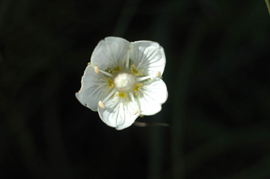The Orkney Environment
|
The Orkney Islands lie between 58o 41’N and 59 degrees 24’ latitude and 2o 22’W and 4 degrees 25’W longitude; approximately at the same latitude as the southern tip of Greenland. The county stretches 53 miles (83 kilometres) from north to south and 23 miles (37 kilometres) from west to east; approximately 240,00 acres (100,000 hectares) in size. It is an archipelago of c90 islands, the largest of which is referred to as Mainland. The coastline is 550 miles long (880 kilometres) ranging from near-vertical cliffs to rocky, sandy and muddy shores, approximately 13.5% of the total coastline of Scotland. |
 |
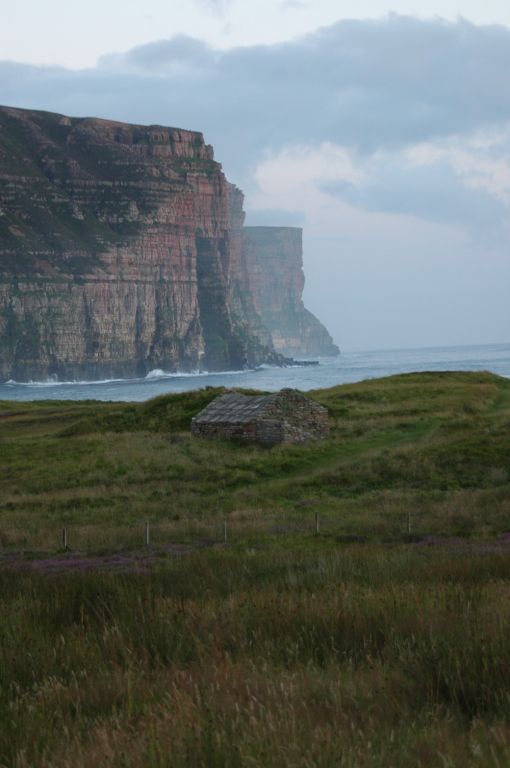 |
The Orkney island have a considerable
number of different habitats ranging from coastal cliffs and beaches,
maritime heath, farmland, roadside verges, wetlands, moorlands and
woodlands (Berriedale in Hoy is the most northerly native woodland
in Britain). These habitats support a wealth of biological diversity.
The Maritime situation and northern latitude result in the occurrence
of many species which are internationally threatened and nationally
rare. |
Orkney supports a considerable botanical diversity having c520 native and c210 introduced species of plants. Surprisingly, it has less than 30 percent of the flowering plants found on mainland Britain but does include 21 species of wild orchids. The Orkney plant composition is very interesting, having areas of both Alpine and Arctic plants growing alongside plants of more temperate habitats. The flora is strongly influenced by the weather and the close proximity of the sea everywhere on the islands. |
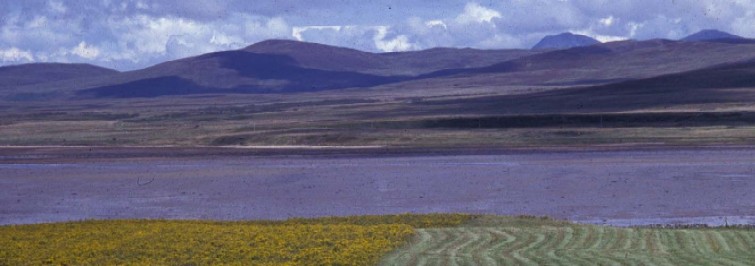 |
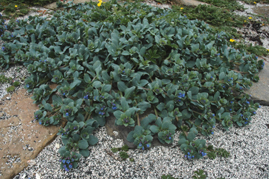 |
|
| The rare endemic Scottish Primrose grows mainly in coastal maritime cliff tops of Yesnaby and neighbouring Caithness. The largest concentration of Primula scotica is on the North Hill Reserve, Papa Westray.
Grass of Parnassus is common on verge sides, along with over 20 other species of wildflowers. Grasslands and green pastures filled throughout summer with buttercups far outrivaling anything occurring further south.
|
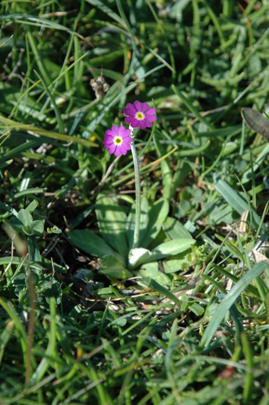 |
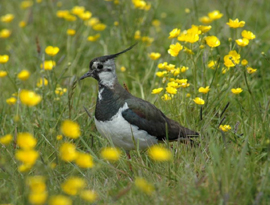 |
Farmland meadows, pastures and fields provide food, shelter and nest sites for breading waders such as lapwings, curlews and ringed plovers. Orkney’s wetlands host a number of rare species such as black-tailed godwits and pintail along with the more common redshanks, snipe and curlews. Over-wintered crops and stubble fields provide a food source for many wintering farmland birds such as , twite, reed bunting and skylarks.
|
On Mainland there are three areas of heather moorland providing one of the finest moorland bird communities in Britain.Breeding birds include hen harrier, short-eared owl, red grouse, merlin, arctic and great skua, snipe, curlew and a great number of other heathland species . Hill top lochans support red-throated divers, wigeon, teal, red-breasted mergansers.
|
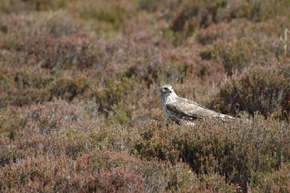 |
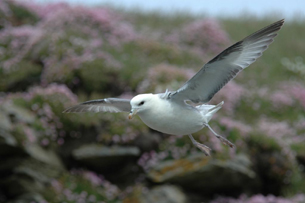 |
|
The seas surrounding
Orkney are a dominant feature of the islands, providing rich diverse
interest all year round. During the summer nearly half a million
seabirds breed on the cliffs and moorlands of Orkney. In the winter
months, the sheltered waters of Orkney provide a home to a large
number of wintering seabirds, such as great northern divers, long
tailed ducks and slovoian grebes.
|
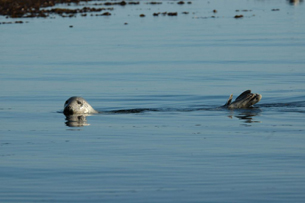 |
Brown hares are very common around the islands as are rabbits, whilst Hoy holds a small population of mountain hares. Otters are also present but not as prolifically as in neighbouring Shetland. Orkney also has an endemic species of vole thought to be a relic of a previously widespread north-west European population.
|
© Pictures Copyright of Derren Fox 2006
